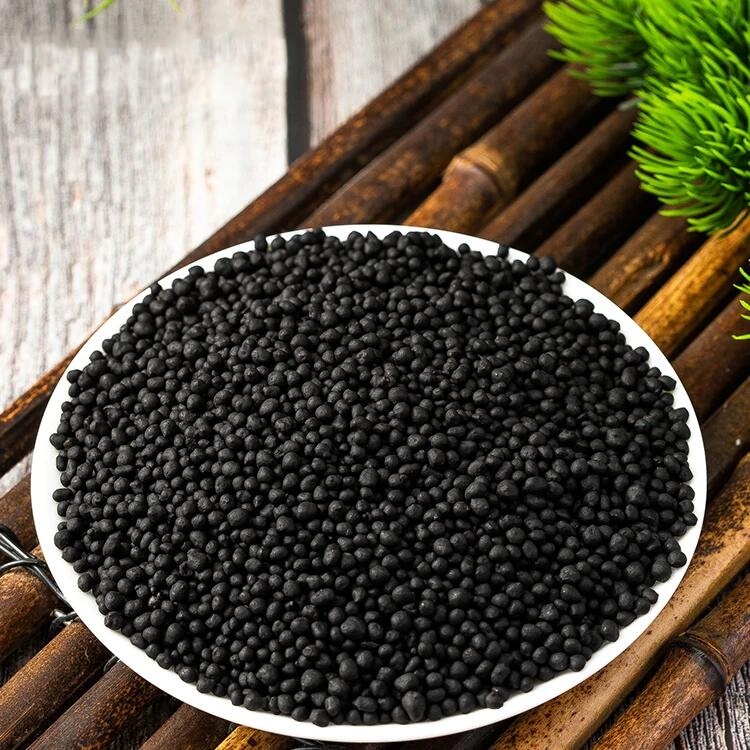1. Distribution of humic acid raw materials
The total amount of humic acid is astonishingly large, tens of thousands of tons. It is distributed in organic minerals such as rivers, lakes and seas, brackish and fresh waters, soil, coal mines, shale and other organic minerals, and its traces can be found on most of the earth’s surface.
The total amount of humic acid contained in soil is very large, but the content in it is less than one percent on average;
There are also problems in brackish water, but the concentration is lower, so it is impossible to develop it as a resource. Peat, lignite and weathered coal have high humic acid content, ranging from 10% to 80%, and are good raw materials for producing humic acid. China is very rich in coal content.
Therefore, humic acid is a huge organic resource that has not yet been fully noticed and exploited.
2. Preparation of humic acid
Due to the various sources of humic acid raw materials and different extraction and purification methods, it is difficult to remove impurities in humic acid during measurement. Humic acid in aqueous solution will dissociate on the one hand, and may form a focus through hydrogen bonds or metal ion bridges on the other hand. The same raw material, the same extraction conditions, and the application of different extractants and extraction processes will have a greater impact on the extraction capacity of humic acid. Therefore, there are various difficulties in the extraction technology of humic acid. Usually, there are the following types.
①Acid extraction
The main solvents include various organic and inorganic acids, such as nitric acid, oxalic acid, etc.
②Alkaline extraction
Commonly used extraction agents include sodium hydroxide, potassium hydroxide, ammonia, etc. For the humate solution extracted by the alkali method, according to the characteristics of black humic acid and brown humic acid being insoluble in acid, while fulvic acid is soluble in acid, inorganic acid is added to the humic acid solution to control the pH value of the solution at around 2. The resulting yellow solution is crude fulvic acid. Add ethanol or acetone to the precipitate, the dissolved part is brown humic acid, and the insoluble part is black humic acid.
③Organic solvent extraction
Commonly used organic solvents include dimethyl sulfoxide, ethanol, acetone, etc.
④Neutral salt extraction
Neutral salts can be sodium fluoride, sodium oxalate, sodium pyrophosphate, etc.



